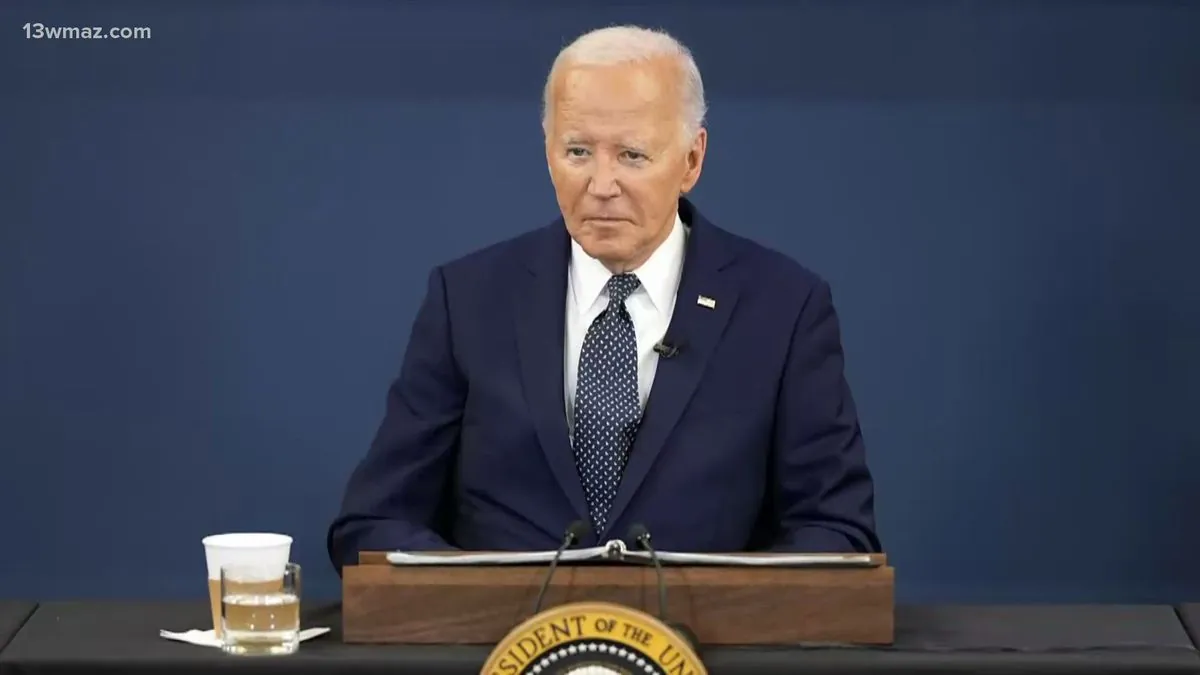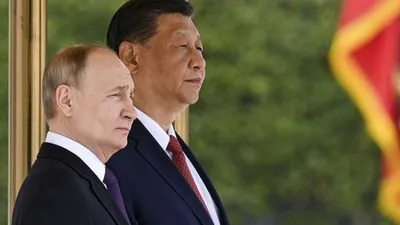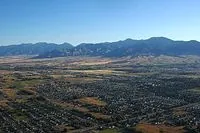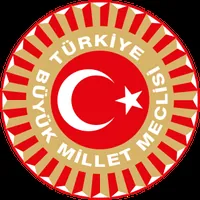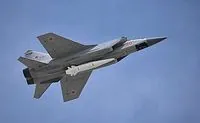Inside story: How Syrian army's internal problems led to its sudden downfall
Syrian regimeʼs military structure focused on preventing coups instead of building combat strength. After 13 years of civil war Assadʼs forces crumbled when foreign allies got busy with other conflicts
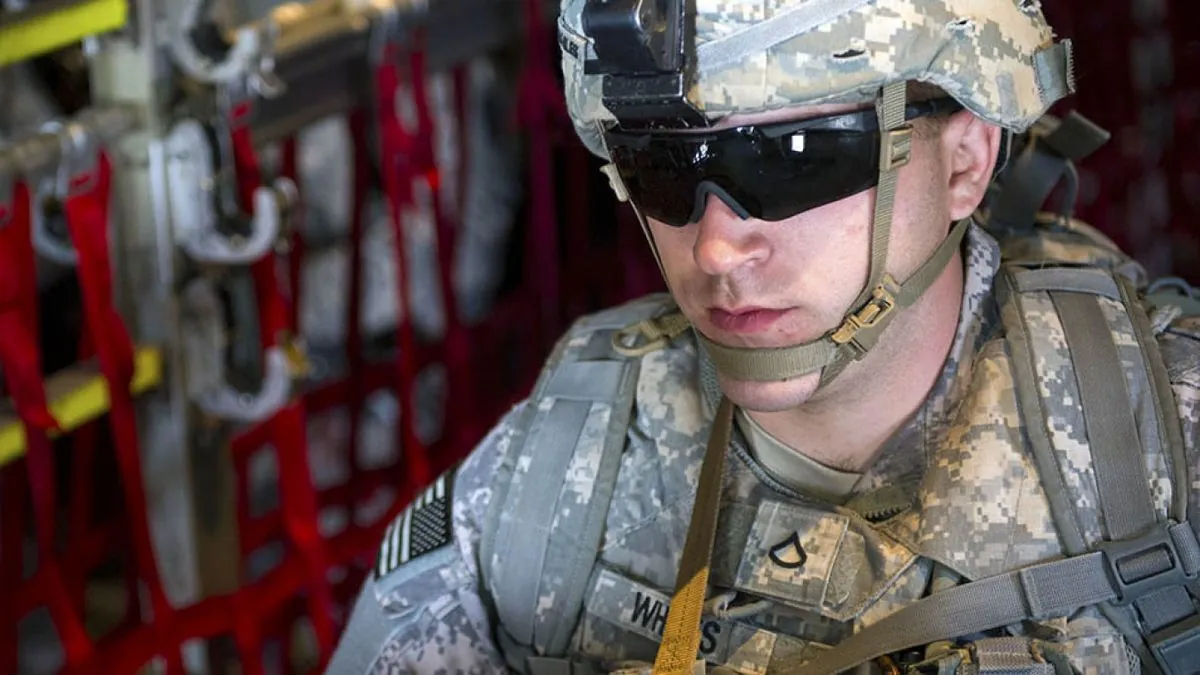
The syrian regimeʼs quick fall this winter shows how rebel groups got better at fighting. Hayat Tahrir al-Sham built strong night-attack units suicide-drones and long-range strike abilities — while other rebel groups joined forces against Bashar al-Assad
The real story starts with how Assad and his father Hafez built their army: they focused on stopping coups not winning wars. From mid-20th century till about 10 years ago Middle East rulers lost power mostly through army takeovers; so the Assads made sure their military couldnt turn against them
The regime used specific ways to control its forces: they blocked unit-to-unit talks put loyal people (but not skilled ones) in charge and made spy agencies watch each other. This helped stop coups but made the army weak at actual fighting
Assad filled top spots with family and super-loyal officers — his dad only made 5 divisions when he had troops for 9 cause he didnt trust more leaders. Different parts of the army didnt work together (which was done on purpose) and commanders often got into fights; sometimes even shooting at each other
When protests started about 13 years ago Assad had big problems with his troops: many soldiers liked the protesters more than him. He locked some units in their bases didnt let soldiers take breaks and had snipers ready to shoot anyone who wouldnt follow orders
The Syrian army is useless
Over time Assadʼs forces got weaker and relied on help from Iran Russia and Hezbollah. They turned to crime to make money and got worse at fighting. When Russia got busy with Ukraine and Iran with Israel things fell apart fast: Assadʼs troops couldnt hold ground without outside help
The regime lasted longer than many others but its end was quick. Assad managed to stay in charge through a long war that killed hundreds of thousands — then left for a safe place when things got really bad



